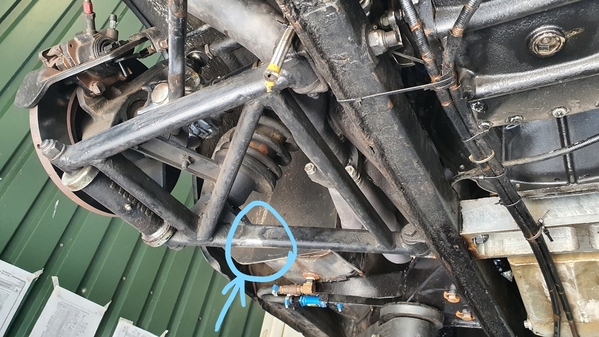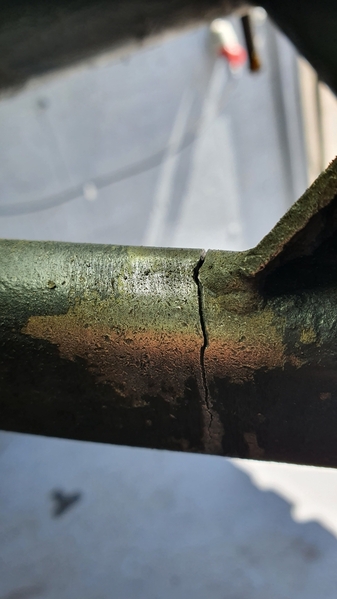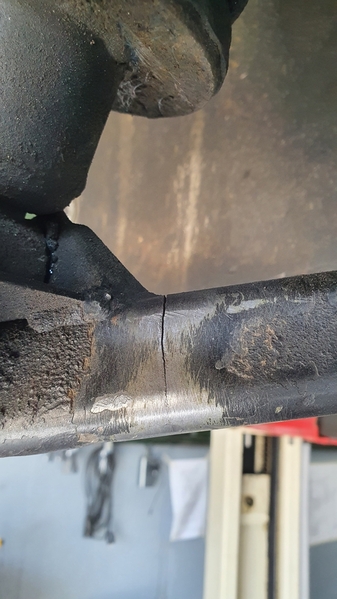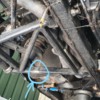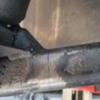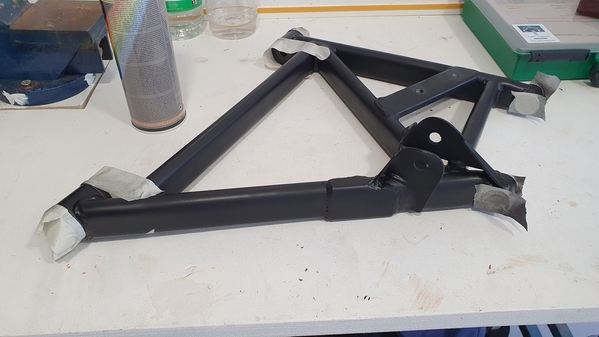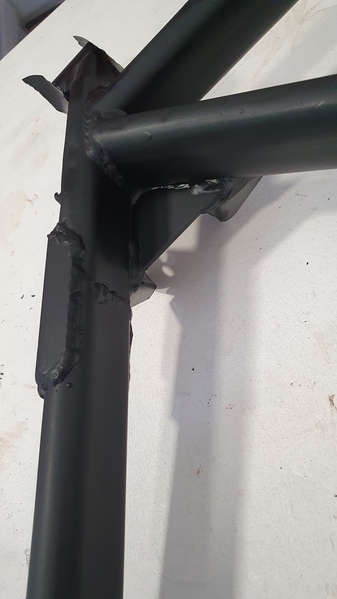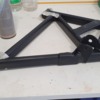I wanted to share what I discovered last week when inspecting my Pantera from below. A classic fatigue crack in the LH lower A Arm.
The crack originated from the weld which attaches the flange onto which the shock absorber is mounted to the A Arm or frame.
I did not find much on this topic here in the forum so thought it could be handy for others owners to inspect the A Arms and look for cracks. If such cracks go unnoticed and result in failure it could have rather dire consequences, especially at high speeds. Here are some pics of how it looked, At first I thought it was a deep scratch in the paint but upon closer inspection and after removing some paint it was quite clear.


